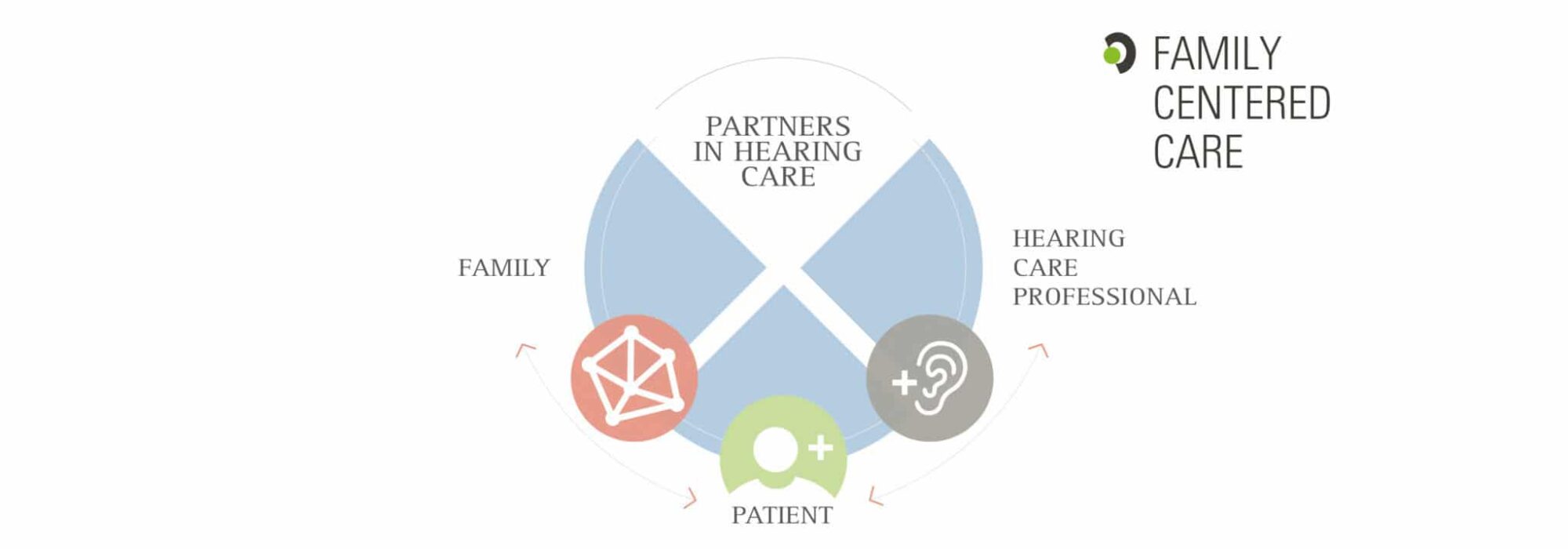Future Patterns In Dyslexia Treatment: What To Anticipate In The Next 5 Years
Future Patterns In Dyslexia Treatment: What To Anticipate In The Next 5 Years
Blog Article
Material Produce By-Ferguson Nicholson
While traditional approaches of dyslexia therapy have concentrated largely on cognitive skills, arising trends suggest a change towards more alternative strategies that prioritize psychological wellness. You could locate it intriguing exactly how innovations in AI are set to personalize finding out experiences, making education extra accessible and efficient. As neuroscience remains to reveal the intricacies of dyslexia, brand-new interventions might redefine exactly how we approach this problem. The next 5 years promise to bring exciting growths-- are you prepared to discover what these changes could indicate for individuals dealing with dyslexia?
Advancements in Innovation
Developments in innovation are revolutionizing dyslexia therapy, offering brand-new expect students and adults alike. As you check out these innovations, you'll find a series of devices designed to make analysis and discovering more obtainable.
For example, apps that use speech-to-text and text-to-speech capabilities can help you get rid of reading obstacles in real-time, enabling you to involve with message in a manner that fits your needs.
Interactive software programs commonly individualize discovering experiences, adapting to your pace and design. These programs offer tailored workouts that concentrate on specific obstacles you could encounter, making method much less complicated and a lot more reliable.
Furthermore, innovations in expert system are boosting these tools, permitting smarter, a lot more instinctive interfaces that lead you as you progress.
You can also benefit from on the internet communities that share invaluable sources and support. Online tutoring solutions attach you with qualified experts who recognize your one-of-a-kind difficulties, providing guidance and support from the convenience of your home.
Eventually, these technical advancements aren't simply devices; they're transformative resources that encourage you to navigate dyslexia with self-confidence and resilience.
Neuroscience Insights
Recognizing the brain's technicians provides important understandings right into dyslexia treatment. Recent research highlights exactly how the brain processes language, exposing the one-of-a-kind neural pathways that dyslexic individuals make use of. These understandings can help tailor treatments that target details mind functions and boost reading skills.
For example, research studies making use of neuroimaging techniques show that dyslexic minds may rely a lot more on aesthetic processing as opposed to the acoustic handling typical in fluent viewers. This suggests that including visual knowing techniques can enhance understanding. You could take into consideration programs that take advantage of this knowledge, utilizing tools like graphic organizers or visual help to enhance understanding.
Furthermore, neuroscience discovers the significance of mind plasticity. Your mind can adapt and rearrange itself, which implies that targeted exercises can foster new connections in time. Taking part in activities that promote phonological understanding and phonemic decoding can result in measurable renovations.
In https://dyslexiateachingstrategie21974.snack-blog.com/32669583/exploring-the-important-link-in-between-auditory-processing-and-dyslexia-exposes-approaches-that-can-substantially-improve-the-learning-experiences-of-people-influenced-by-this-problem-what-might-these-techniques-require , recognizing the emotional and cognitive facets of dyslexia can also guide therapy. When you address stress and anxiety and motivation together with reading skills, you create an alternative strategy that promotes long lasting modification.
Accepting these neuroscience insights can empower you to select a lot more reliable approaches for dyslexia treatment in the coming years.
Personalized Discovering Approaches
Customizing discovering experiences to private needs can considerably enhance the performance of dyslexia treatment. Customized learning techniques concentrate on your one-of-a-kind staminas and obstacles, permitting approaches that reverberate with you. As opposed to making use of a one-size-fits-all approach, these techniques adjust to your discovering design, speed, and preferences.
You may engage with specialized software program that targets certain abilities, such as phonemic awareness or reading fluency. This technology frequently consists of interactive components that maintain you encouraged and concentrated.
Additionally, you'll take advantage of customized lesson plans created by educators that comprehend your particular demands, ensuring that you're not just advancing, yet prospering.
On Visit Home Page of that, regular analyses help recognize areas where you excel and where you could require extra assistance. This constant feedback loop allows both you and your educators to readjust approaches as required.
As my child forgets can t remember move into the next 5 years, you can anticipate even more advanced customized discovering tools, possibly powered by expert system, that will further improve your educational experience.
With these targeted strategies, you'll find yourself a lot more involved, positive, and outfitted to overcome the challenges of dyslexia.
Conclusion
As you look in advance, the future of dyslexia therapy is intense and encouraging. Did you recognize that personalized knowing can increase academic performance by approximately 30% for pupils with dyslexia? By embracing ingenious modern technologies and alternative techniques, you'll see tailored treatments and enhanced emotional support coming to be the norm. As study continues to introduce brand-new understandings, you'll find that more inclusive and reliable resources will encourage individuals with dyslexia to thrive in their understanding journeys.
